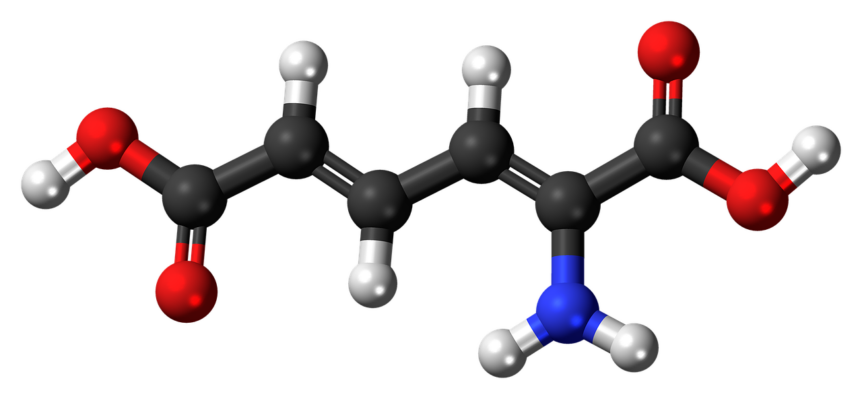Polymer synthesis has created polymers that have shaped our world. Some of the polymers that have had an enormous impact on the way we live our lives include:
- phenolic thermosets (Bakelite)
- polyvinylchloride (PVC / Vinyl)
- polyolefins including polyethylene and polypropylene
- plastic materials such as styrene foam (disposable cups and containers)
- synthetic rubbers such as styrene butadiene rubber (SBR)
- block copolymers including styrene-butadiene-styrene (SBS)
- thermoplastic elastomers (TPE’s) such as thermoplastic polyurethane (TPU’s)
- composite materials such as fiberglass
- engineered plastics such as polyimide
More recent developments include the synthesis of specific biopolymers for medical and medical device applications. These materials have broad applications in various industries, including packaging, sports, petrochemical, preservatives, pharmaceuticals, and more. It is the science of combining monomers into engineered molecular chains to create various polymer structures.
Polymer chemists and polymer engineers are continuously working to find faster, cheaper, and more environmentally friendly means to create or synthesize polymers.
One-Pot-and-One-Step Synthesis
Researchers at Hokkaido University recently introduced a synthesis procedure called ‘one-pot-and-one-step’. The process makes it easier to make long, geometrically linked polymer molecules in a controlled manner. In doing so, protein synthesis can provide more avenues for producing a wide range of advanced materials in various fields, including data storage, microelectronics, and drug delivery.
One-pot-one-step gives polymer chemists and engineers new methods to form polymers. Researchers at Hokkaido University are using cyclic anhydrides, oxetanes, and oxiranes (epoxides), coupled with the use of alkali metal carboxylates to control the synthesis process.
Experimental Design, Combinatorial Chemistry, and Artificial Intelligence – New Tools for Polymer Synthesis and Design
In addition to new polymer synthesis methods, researchers are leveraging machine learning models to better understand the behavior of polymeric reactions. Machine learning models can help polymer chemists and engineers conduct experimental research faster and better.
A major advantage of combining machine learning with polymer synthesis is that the process becomes much more efficient.
Learning from the Precision of Nature – A Lesson for Scientists
The nature of polymer synthesis focuses on polymer structure (monomer sequence), polymer size (chain length), and polymer morphology (topology). The study of DNA and protein structures has proven to be very important by enabling scientists to utilize new methods to create polymers with remarkable precision and functionality.
Polymer synthesis in 2023 and beyond must be concerned with both cost-efficiency and the environmental impact of products.
Polymer Synthesis’ Impact on the Future
Building a sustainable future will require new and better methods of polymer synthesis. Bio-based monomers and eco-friendly degradable polymers are the subject of intense research. Ricinoleic acid and cafeic acid compounds can be used as biobased monomers to produce functional polymers.
Machine learning and deep generative neural networks will play a crucial role in the future of polymer synthesis. The combination of Artificial Intelligence (AI) and novel production techniques could revolutionize the field and have an enormous impact on our future.
To speak to a National Polymer technical specialist, call us today at 1-800-679-0477 for a no cost, no obligation consultation.


